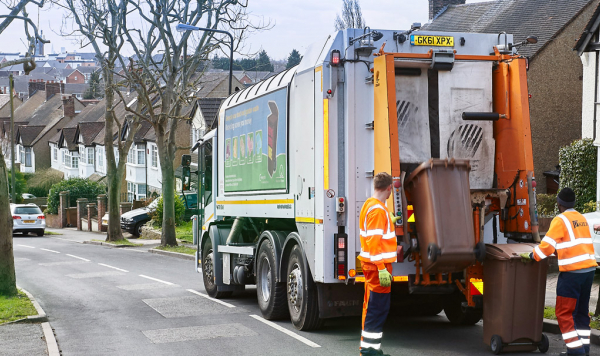Request
the nlwa communications frequently state that the plant is flexible, as it will be able to run one stream at only 250,000 tonnes a year, when recycling improves and residual volumes fall. what has not been made public is how it will be run when there is too much residual for one stream running at max, but not enough for 2 streams running at min. in terms of annual volumes this question is what will london energy do with residual between 350,000 tonnes and 500,000 tonnes, but i realise that the procedure to be followed will be at a daily level. if there is too much for one, but not enough for two streams on a day will lel store the excess somewhere or send to another incinerator or landfill? or would lel seek to buy in feedstock to be able to run the second stream? how many days excess would lel be able to store onsite and will you need to frequently turn the incinertor on and off to avoid sending elsewhere? are there implications on cost or pollution levels of turning a stream on and off?
Response
NLWA has a duty to dispose of north London’s residual waste. Mindful of that duty, the new energy recovery facility has been scoped to manage north London’s anticipated local authority collected waste volumes, including managing the significant risks which would arise if there was inadequate capacity to deal with the volume of waste actually generated by north London residents over the next 40 years. As a deputee to the Authority meeting on 16 December 2021 you will be aware of the waste forecasts informing the development of the energy recovery facility. Even with high recycling levels, these forecasts did not fall to the levels which are implied by your question. In answering the question, it is therefore necessary to make clear that the possibility of waste being in the range you quote is highly unlikely. The overwhelming likelihood from forecasts is that tonnages would lie in the range 490,000 to 700,000.
In the theoretical situation where waste fell below 490,000 tonnes, there is a range of mitigating actions which could be taken. The most obvious option would be to dispose of waste generated in north London which is currently disposed of elsewhere. At present only the business waste in the seven boroughs collected by local authority collection services is disposed of at Edmonton. This means that many thousands of tonnes of waste generated in north London is not being disposed of locally. This is contrary to the aspirations in the Mayor of London’s environment strategy for London to manage the waste produced in the capital. Dealing with more of north London’s waste locally would reduce further the likelihood that the plant would face the question of operating at lower than 490,000 tonnes of waste per year, as well as reducing the amount of waste currently trucked out of London.
However, your question appears to be a more technical question about how the plant would operate with a given volume of waste between 350,000 tonnes and 490,000 tonnes. It would be possible to operate one line permanently and the other for part of the time. In order to avoid one line running on a stop/start basis, this would likely involve storing waste for periods. In the event that waste were at these levels even taking account of waste such as business waste, it is not possible to predict what the composition of residual waste would be, since that would imply that a transformation had happened in society’s production and consumption habits with consequences well beyond the waste sector. Therefore it is not practicable at this stage to comment on how long waste could be stored. The Authority could also consider investment to modify the facility so as to operate to manage different volumes of waste, including between 350,000 tonnes and 490,000 tonnes.
In summary there are options which would be available to deal with waste at levels which are below the lowest range of the forecasts. I hope it is understandable that the answer cannot be more specific at this stage. Any decision would depend on the circumstances in north London – and regionally and nationally – on developments in waste management.


